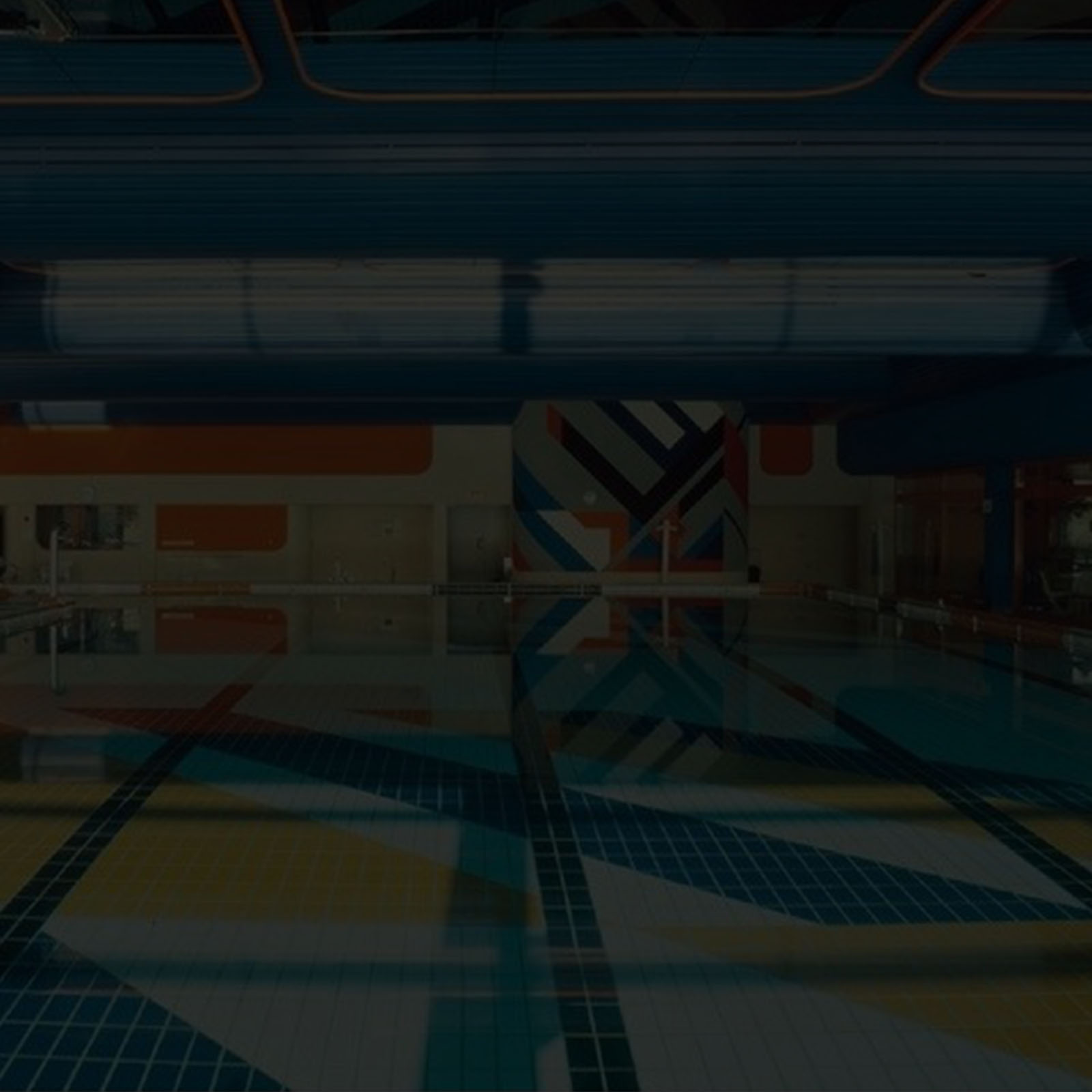Early ElectroMIX is a series to document the history of experimental Electronic music from the 50s to the 80s, composers making use of electronic instruments, test equipment, generators of synthetic signals and sounds… to analog synthesizers…While our sessions document those who make it today my desire is to transmit some pioneering works which paved the way to what we try to create today.
Realizing that most of those seminal recordings were not available I decided to archive them in a contemporary way, DJing-mixing them and while most of the time running several sources together or in medleys I made sure to respect the original intent of each composers as I want to transmit their message rather than mine.
The only one I would dare deliver being that they should not be forgotten…
Philippe Petit / September 2021.
Recorded (08/03/2022) for our series broadcasted on Modular-Station
https://modular-station.com
Tracklist:
Svend Christiansen – Noir (1974/Odeon) 00:00 > 12:08
John Melby – 91 plus 5 (1971 /Composers Recordings Inc. (CRI) ) 12:01 > 31:48
Ian McDonald – Kea Country (1973 / Kiwi)) 31:26 > 35:47
Herbert Brün – Anepigraphe (1958 / Amadeo) 35/33 > 43:17
Pierre Boulez – Etudes sur un son (1951/ Columbia) 43:12 > 45:50
Jacques Aubert & René Lindekens – Er Is Toch Altijd Een Vogel In De Ochtend (1970 / Studio A.R.T.) 45:45 > 59:50
Svend Christiansen – Noir (1974/Odeon)
Svend Christiansen was born in 1954 and studied composition at Aarhus University and Conservatory.
In 1972, he got exposed to « Automatismes Sonores » – by the Belgian composer Leo Küpper. This sparked an interest in electronic music.
Later on he received an award from the Groupe de musique électroacoustique de Bourges (GMEB).
The piece is built quite organically with new sound streams growing out of ongoing ones and developing in different directions. One of the streams – a kind of organ point running through the whole composition – acts as the structural backbone of the piece. At different points in their existence, each sound stream is connected to up to several of the other sound streams. Thus everything is woven into each other in a way that is easier to hear than to describe.
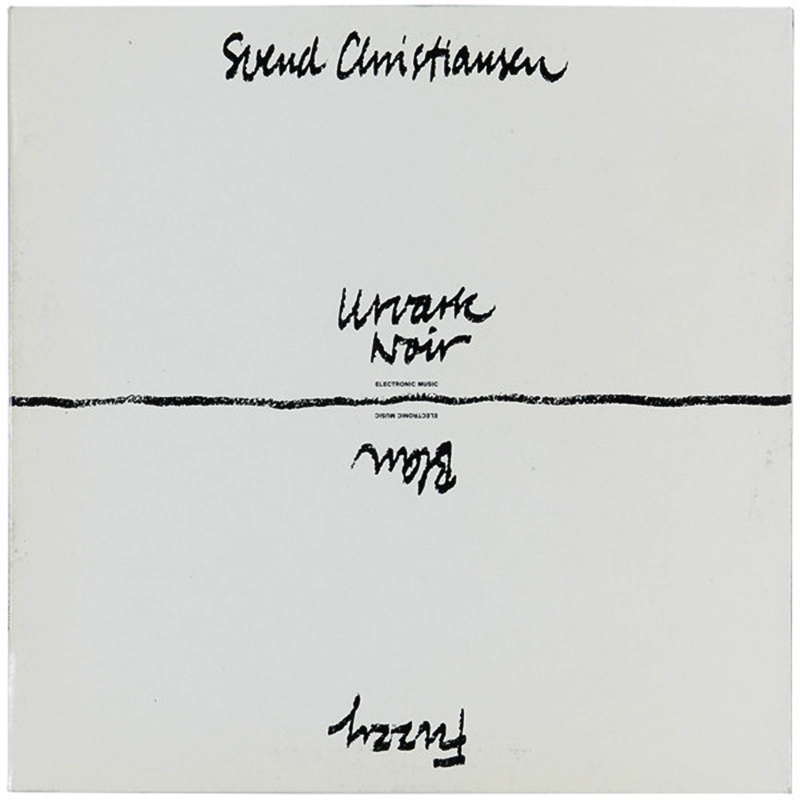
John Melby – 91 plus 5 (1971 / Composers Recordings Inc. (CRI) )
John Melbywas born in 1941 in Whitehall, Wisconsin: he was educated at the Curtis Institute of Music, the University of Pennsylvania and Princeton University, which awarded him a Ph.D. in Composition in 1972. His composition teachers included Vincent Persichetti, Henry Weinberg, George Crumb, Peter Westergaard, J.K. Randall and Milton Babbitt. Melby’s music, especially those works for computer-synthesized tape, both with and without live performers, has been performed widely. He is the recipient of many awards, including a Guggenheim Fellowship, First Prize in the 1979 Inter national Electroacoustic Music Awards in Bourges, France, and the Academy-Institute Award from the American Academy and Institute of Arts and Letters.
Melby is currenlly Professor of Music at the University of Illinois at Urbana-Champaign.
Melby’s works may be heard on CRI recordings: SO 310, 91 Plus 5 for Brass Quintet and Computer per formed by the Contemporary Brass Quintet, Roman Pawlowski, conductor and on SO 364, Two Stevens Songs, performed by Phyllis Bryn-Julson, soprano.
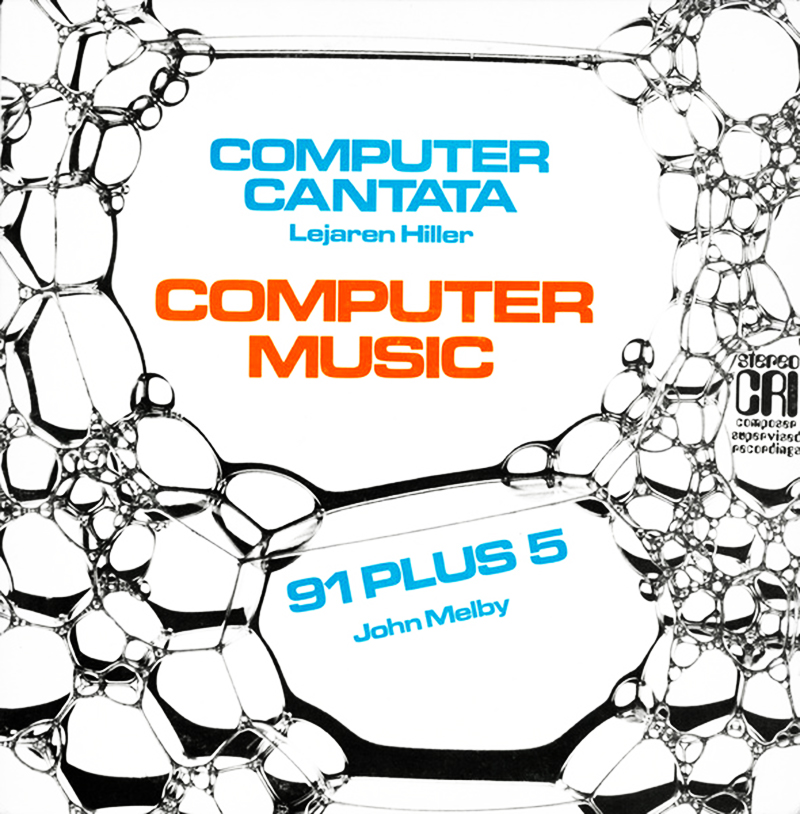
Ian McDonald – Kea Country (1973 / Kiwi))
Ian McDonald was a composer, lecturer and writer. He was born in Wellington, New-Zealand in 1937 and educated at St Patricks College. He studied composition at Victoria University of Wellington as a student of Douglas Lilburn, David Farquhar and Jenny McLeod, graduating in 1969. Typically electroacoustic this piece was composed for Tape and Electronic.
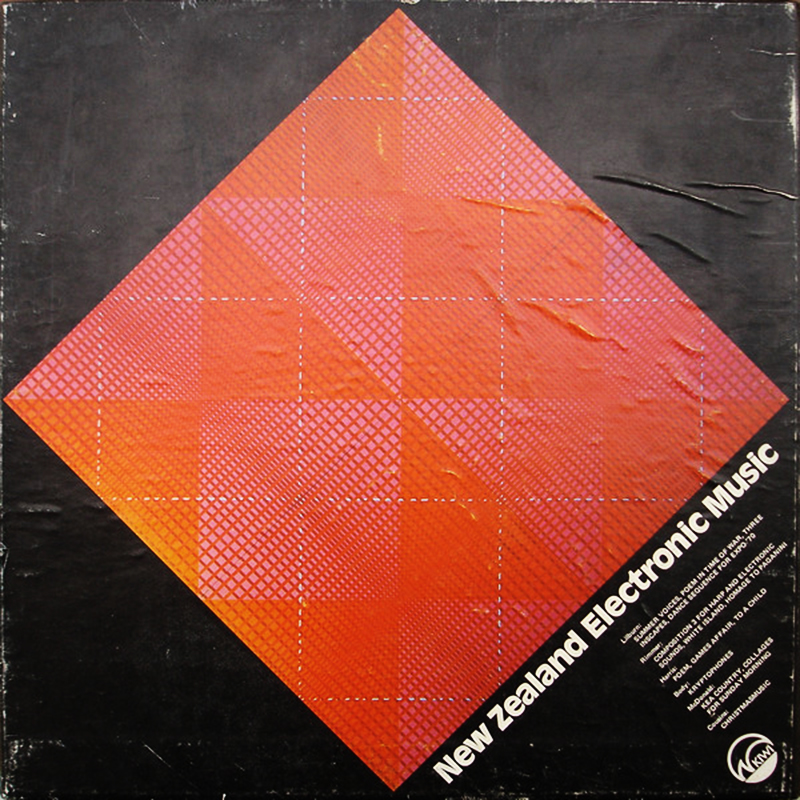
Herbert Brün – Anepigraphe (1958 / Amadeo)
Berlin-born composer Herbert Brün (1918-2000) fled Nazi Germany in 1936 for Jerusalem, where he studied piano with Stefan Wolpe, among others. He later studied at Tanglewood and Columbia University in 1948-50. Brün got interested in electroacoustic music in the late 1950s and visited electronic studios in Paris, Cologne and Munich, where he created several compositions and hörspiele.
He was invited to teach at Illinois University in 1962 where he soon joined the electronic studio, started composing with computers and FORTRAN programming, and explored cybernetics theories.
This is a hörbeispiele, recorded at NWDR’s electronic studio in Cologne in 1958, under Eimert’s tutelage though already distancing himself with 12-tone technique and atonality, and embracing the new electronic era with less mysticism and exaltation than Eimert.
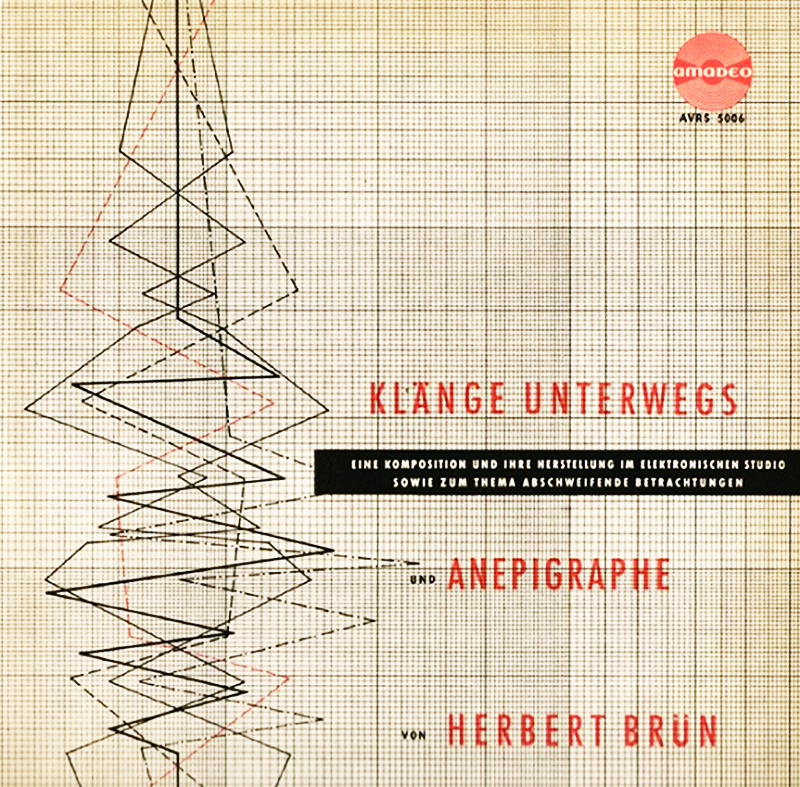
Pierre Boulez – Etudes sur un son (1951/ Columbia)
Legendary composer who studied harmony and composition with Olivier Messiaen and René Leibowitz who taught him the dodecaphonic technique.
In 1951, he experimented with Pierre Schaeffer’s musique concrète studios at Radio France, which gave rise to this study of musique concrète. This new experience seems to have made him reconsider and develop his serial thinking, especially the notions of timbre and rhythm and the question of spatialization.
He subsequently asserted himself, along with Stockhausen, Berio, Ligeti and Nono, as one of the strongest personalities of his generation.
In 1969, Pierre Boulez conducted for the first time the New York Philharmonic Orchestra, which he led from 1971 to 1977, succeeding Leonard Bernstein.
At the same time, he was appointed permanent conductor of the BBC Symphony Orchestra in London, a position he held from 1971 to 1975.
At the request of President Georges Pompidou, Pierre Boulez agreed to found and direct the Institut de recherche et coordination acoustique/musique (Ircam), which opened its doors in the fall of 1977 and continues to be one of the most influential institutions to this day.
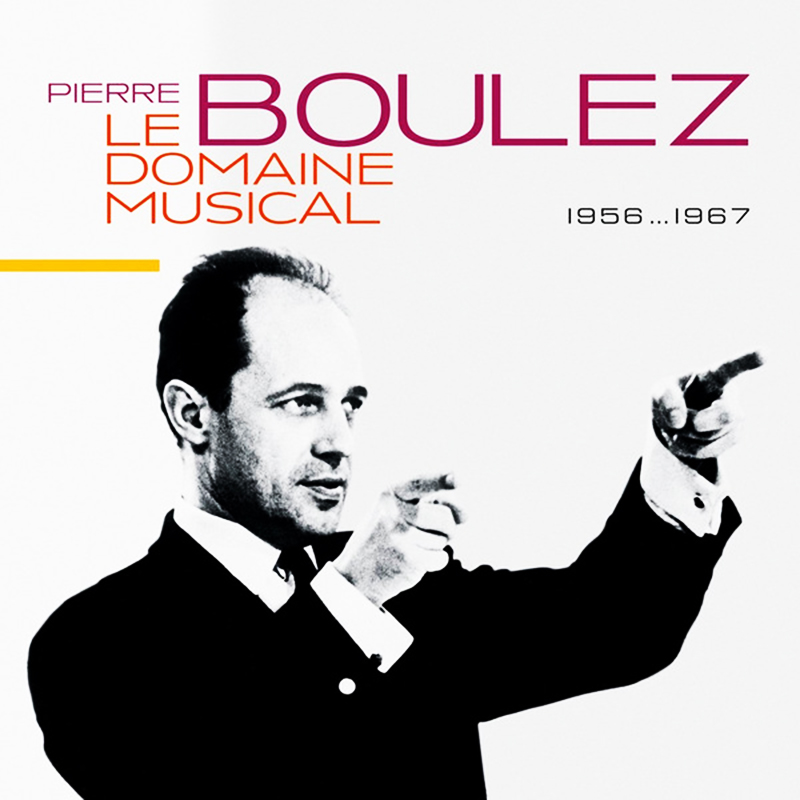
Jacques Aubert & René Lindekens -Er Is Toch Altijd Een Vogel In De Ochtend (1970 / Studio A.R.T.)
Obscure Belgian 45 released for the promotion of the underground ballet, “Il y a Toujours un Oiseau le Matin » (there’s always a bird in the morning) directed by René Lindekens. Music composed by Jacques Aubert in the studio A.R.T. in Geneva.

